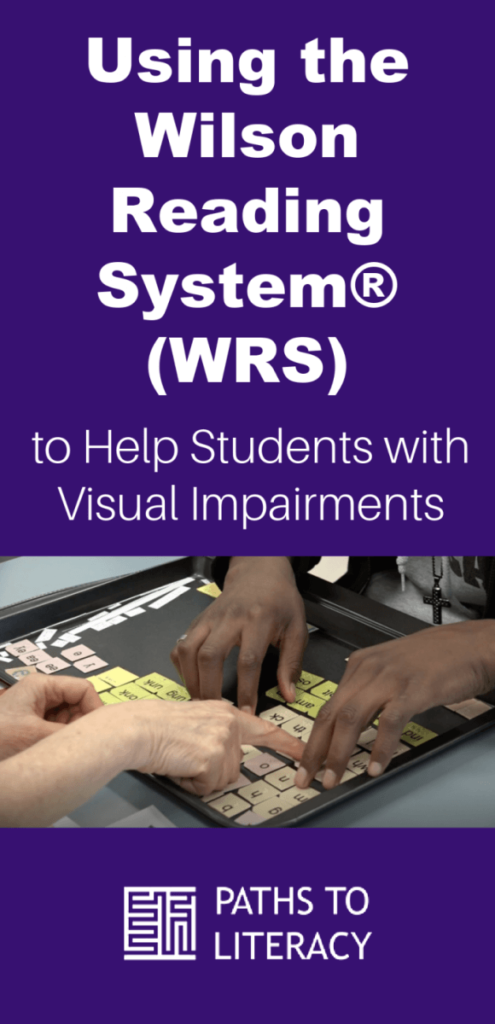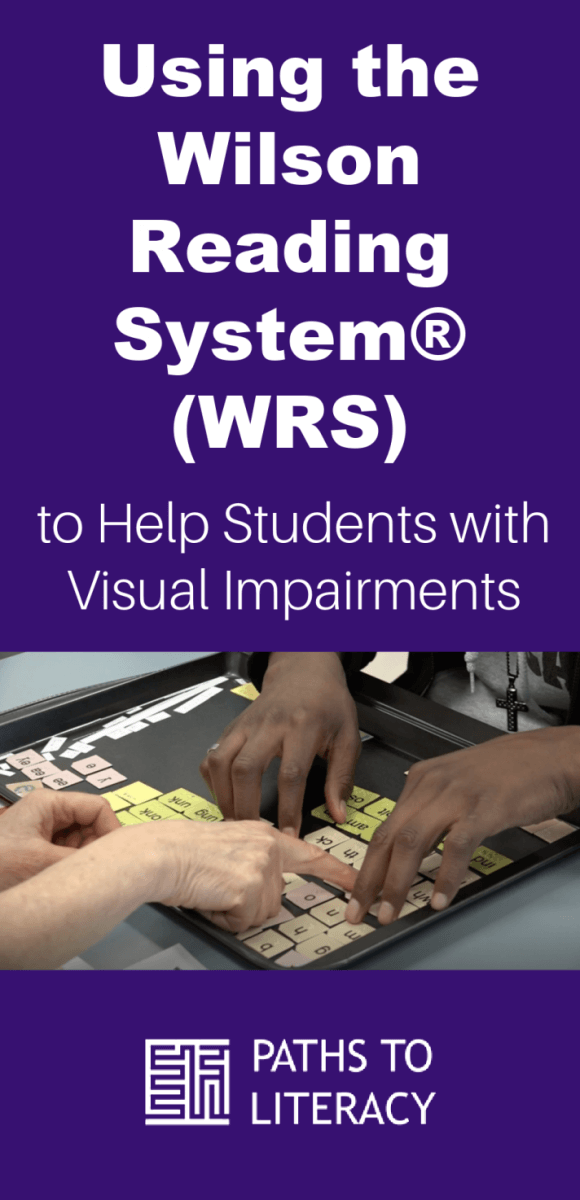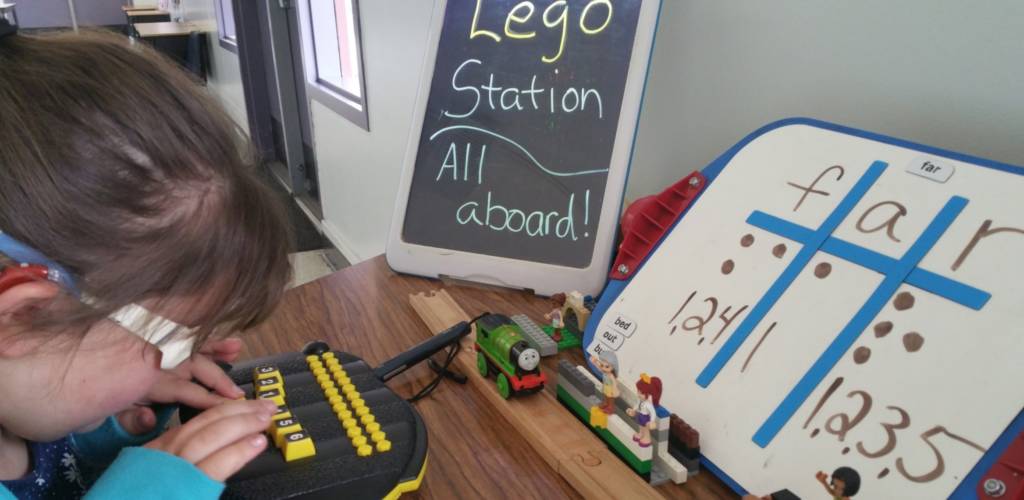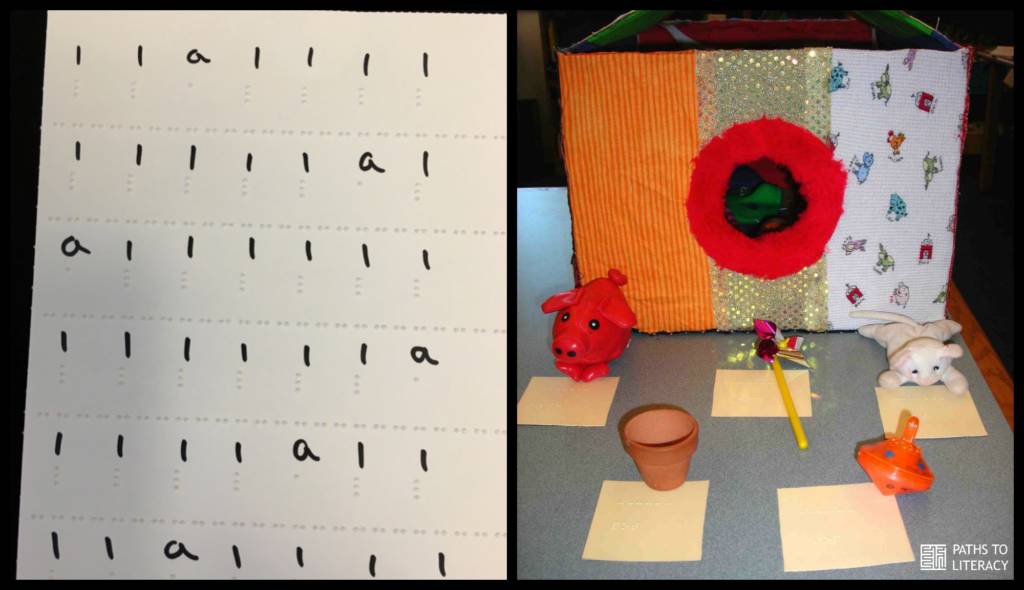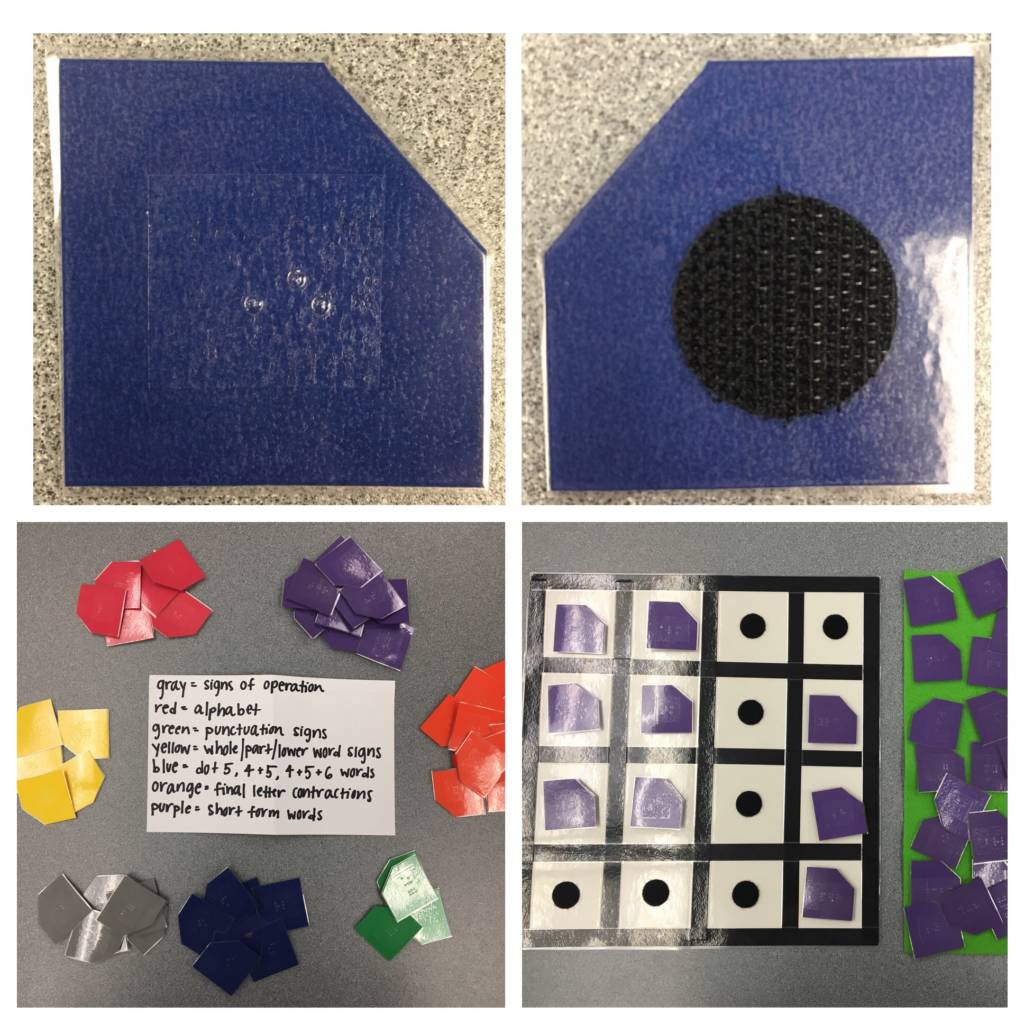The Wilson Reading System® (WRS)* can help struggling readers in 2-12th grades increase their literacy skills. Dr. Kay Pruett, Wilson® Dyslexia Practitioner (W.D.P.), demonstrates ways to adapt the Wilson Reading System in a way that is appropriate for braille readers. As WRS is based on print materials, materials and instructional approaches must be adapted when implementing this system for students with visual impairments. This video series from Texas School for the Blind and Visually Impaired (TSBVI) provides suggestions and examples of ways to provide this specialized reading support. She uses both commercially available products and teacher-made materials. Literacy instruction typically occurs throughout the day, so it would be ideal for an educational team to view these videos together to develop a consistent approach to literacy instruction.
The materials include:
- Introduction
- Part 1 – Adaptations for Sounds Quick Drill
- Part 2 – Adaptations for Teach & Review Concepts for Reading
- Part 3 – Adaptations for Word Cards
- Part 4 – Adaptations for Wordlist Reading
*Wilson Reading System® (WRS) is an intensive Tier 3 program for students in grades 2-12 and adults with word-level deficits who are not making sufficient progress through their current intervention; have been unable to learn with other teaching strategies and require multisensory language instruction; or who require more intensive structured literacy instruction due to a language-based learning disability, such as dyslexia.
Introduction
Kay Pruett introduces the Wilson Reading System and the prerequisite skills necessary for braille reading students to do well in the Wilson Reading System. The video below has closed captioning. The same video can be viewed here with open captioning.
Part 1 – Sounds Quick Drill
Kay Pruett demonstrates and explains how she adapts and uses the Wilson Reading System to teach and review sound/symbol associations for reading with braille students.
Part 2 – Teach & Review Concepts for Reading
Kay Pruett demonstrates instructional adaptations that can help reading teachers of braille students teach various reading concepts using the Wilson Reading System procedures and adapted materials.
Part 3 – Word Cards
While demonstrating a variety of adapted word card activities from the Wilson Reading System, Kay Pruett discusses the roles of the TVI, reading teacher and others in helping braille readers develop automatic braille reading skills. Topics include transitioning to contracted braille, reading with automaticity and fluency, collaboration among the educational team, braille reading technique as prerequisite skills, systematic spaced review, adaptations of materials for word card activities, and marking words with diacritic and other markings.
Part 4 – Wordlist Reading
Kay Pruett explains how the Wilson Reading System readers fit within the entire Wilson Reading System instruction. She discusses and shows adaptations for braille readers in the word list portion of the lesson including choice of braille code and print page numbers. Word list reading, feedback, and charting of progress are demonstrated. The video concludes with the roles and responsibilities of TVI, reading teacher, and members of an effective team for supporting the reading instruction of braille readers.
For more about the Wilson Reading System, see also the following articles:
- Why We Love Using the Wilson Reading System® with Struggling Braille Readers
- Implementing the Wilson Reading System with Braille Students
- Case Studies Using the Wilson Reading System with Struggling Braille Readers
